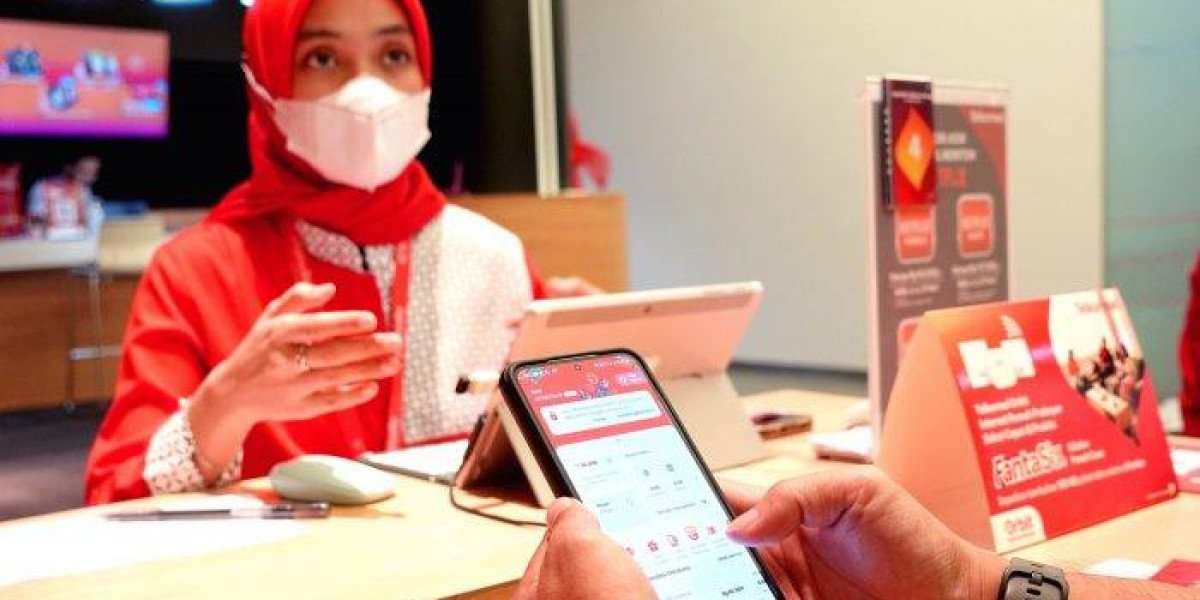The New Standard in Brand Engagement
In a world overflowing with content, digital noise, and passive promotions, standing out requires more than a catchy message. Today’s most memorable marketing doesn’t just speak to one sense, it speaks to all of them. This is where the Multi-Sensory Brand Experience becomes a game changer in how companies connect with their audience.
Unlike traditional campaigns, these experiences are designed to involve touch, sight, sound, scent, and sometimes even taste — not just sight and sound alone. The result is deeper engagement, longer recall, and a more emotional connection to the brand.
Why the Multi-Sensory Brand Experience Works
People process experiences more effectively than advertisements. When a campaign activates more than one sense, it becomes easier to remember and harder to ignore.
The core idea behind the Multi-Sensory Brand Experience is to engage the body and mind together. For example, walking into a booth where the scent matches the visuals or interacting with a display that responds to touch or sound creates a stronger memory.
This approach taps into behavioral science — the more senses engaged, the stronger the connection.
Key Components of a Multi-Sensory Campaign
Designing this kind of experience involves coordination across creative, technical, and environmental elements. While not every brand needs all five senses in every campaign, the strongest multi-sensory experiences use a combination that feels natural to the product and context.
Here’s how it typically breaks down:
Sight
Visuals remain the foundation of any campaign. But in sensory campaigns, visuals are immersive — think thematic lighting, movement-triggered visuals, and augmented reality overlays.
Sound
Music, voiceovers, or ambient soundscapes help set the emotional tone. Brands often use signature sounds or background scoring tailored to the activation.
Touch
From textured materials to interactive tech setups, touch adds realism. For physical products, hands-on testing reinforces the quality and function.
Smell
Scent marketing is used in retail, auto, and fashion segments. A custom scent or branded aroma in an activation space can instantly trigger emotional memory.
Taste
Mostly used in food and beverage activations, offering samples or pairings turns interest into interaction.
Examples of Multi-Sensory Brand Experiences
Brands across industries now use multi-sensory methods in real-time activations. Here are a few examples that show the range:
An auto company created a test booth where scent (leather interior), sound (engine roar), and visuals (interior lighting) simulated the in-car feel
A perfume brand used scent-emitting walls and velvet-covered surfaces to reinforce the luxury feel
A food company designed a tasting zone with synchronized background music and ambient lighting tied to flavor types (spicy, sweet, etc)
A telecom firm launched its youth plan in a booth with real-time games, neon visuals, product testing stations, and social-photo walls with branded filters
All these campaigns were anchored in the same goal — memorable, layered engagement.
How Sensory Experiences Affect Consumer Behavior
A Multi-Sensory Brand Experience isn’t just about creativity. It changes how people think, decide, and remember. Here’s why it works from a behavioral point of view:
Sensory signals trigger emotional responses
Multisensory input increases memory retention
Interacting with the product creates familiarity
Immersion leads to trust and emotional comfort
Most importantly, these campaigns create brand stories that people tell others — in person and on social platforms.
Building Experiences Around Context
Not every setting allows for a full five-sense campaign. Good sensory strategy works within context:
In malls: Lighting, visuals, sound, and scent can be used with walk-in booths
In offices: Limited senses like visuals and interactivity with tablets or VR can drive B2B storytelling
In roadshows: Music, voiceovers, sampling, and textures become practical
In exhibitions: Controlled lighting, touch walls, and demo spaces work well
The right mix depends on location, audience profile, and the brand message being delivered.
Digital Touchpoints in Sensory Campaigns
Even digital setups are now evolving to deliver sensory-inspired experiences. Brands combine physical and digital in creative ways:
Virtual booths with sound, animation, and click-to-interact zones
AR filters that add branded visuals and music to social media posts
QR-triggered music or soundscapes in product packaging
Gamified microsites where users make choices and navigate multi-sensory storylines
These formats are especially useful when physical interaction is limited, such as during hybrid events or post-activation campaigns.
The Role of Agencies in Multi-Sensory Strategy
Creating a Multi-Sensory Brand Experience requires specialized knowledge. An activation or event agency that understands both creative and logistical needs is essential. Their role includes:
Concept development and sensory mapping
3D design for booths or spaces
Audio-visual production
Material sourcing and fabrication
Sampling and scent delivery setups
Promoter training for touch-based demos
Tech integration for interaction points
Whether for a product launch or a corporate campaign, professional support ensures the message is felt as well as seen.
Advantages of Multi-Sensory Branding
The benefits of using this model are measurable and long-term:
Higher brand recall
Increased dwell time at booths or events
Positive word-of-mouth
Organic content creation from attendees
Stronger emotional association
Increased post-activation engagement
Better feedback and brand sentiment scores
When done well, the experience stays with the consumer long after the event ends.
Industries Using Sensory Campaigns Effectively
Different sectors are now applying sensory activations based on audience and product type:
Telecom & Tech: Touch-based displays, sound, and live testing
Retail & Apparel: Lighting, scent, textures, and music
FMCG: Sampling zones, games, and product smells
Banking & Insurance: VR-driven learning booths, voice-led journeys
Automotive: Full-sensory vehicle testing bays and demo lounges
Healthcare & Pharma: Educational kiosks with interactive walkthroughs
In each case, the sensory choice supports the message and makes it more relatable.
Measuring Campaign Success
The effectiveness of a Multi-Sensory Brand Experience is tracked using a mix of qualitative and quantitative methods:
Footfall and visitor dwell time
Brand recall surveys post-campaign
Sentiment analysis of social mentions
Sampling conversion or app download rates
Feedback via QR or feedback tablets
Content engagement levels on branded platforms
What matters isn’t just how many people visited, but how strongly they remember and respond to the brand.
Local and Global Trends
Pakistan’s major cities like Karachi and Lahore are seeing a rise in sensory campaigns — particularly in malls, corporate spaces, and university campuses. Global brands entering the market are customizing their experiences based on cultural cues, such as:
Using regional music or colors
Offering chai-based sampling setups
Adding Urdu voiceovers to digital screens
Designing booths that reflect local aesthetics
Globally, trends include sustainability-focused sensory setups, AI-powered booth adaptation, and cross-platform sensory storytelling.
Final Thought
Marketing today needs to be felt, not just seen. The Multi-Sensory Brand Experience offers a new path for brands to become memorable — not through louder ads, but through deeper interactions. It turns ordinary marketing into something participants talk about, remember, and associate with emotion.
This isn't just a trend. It's a shift in how marketing is done.







